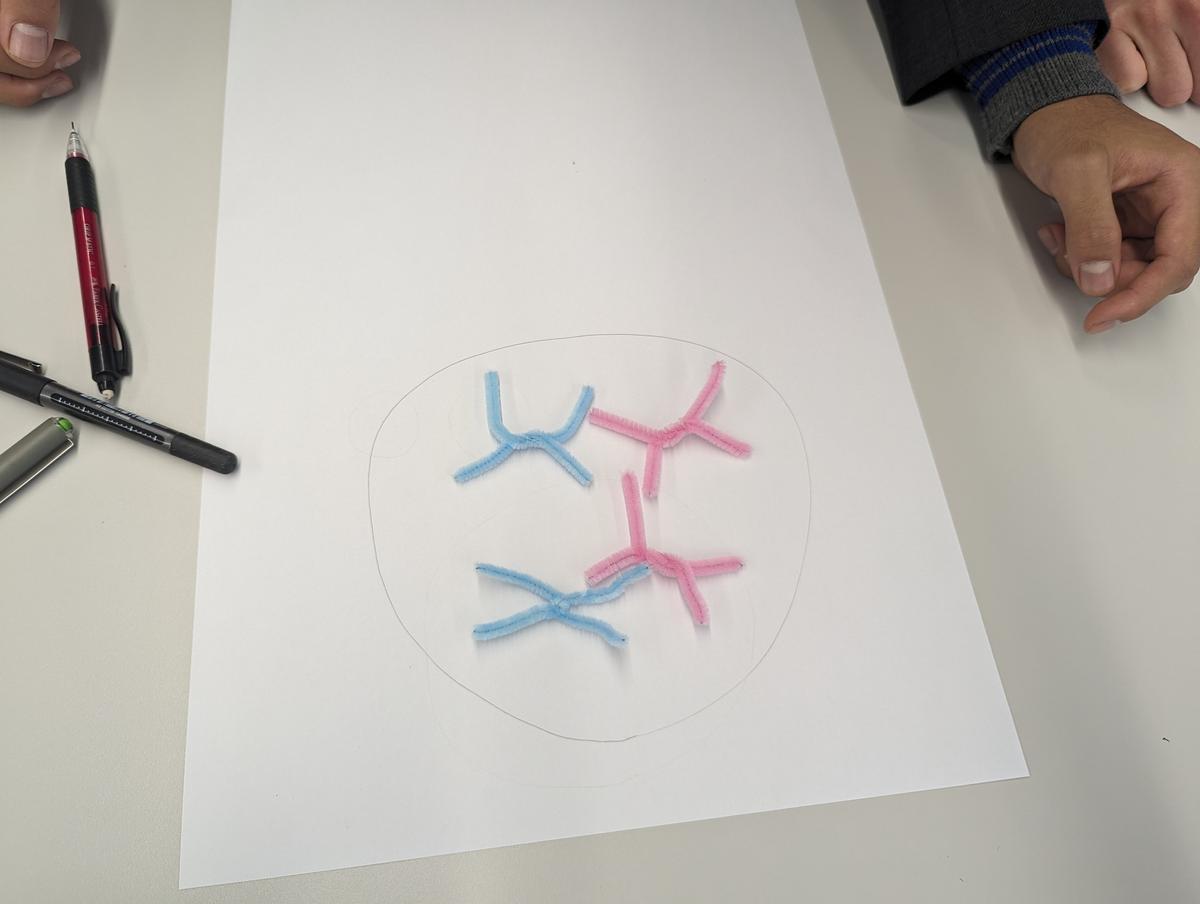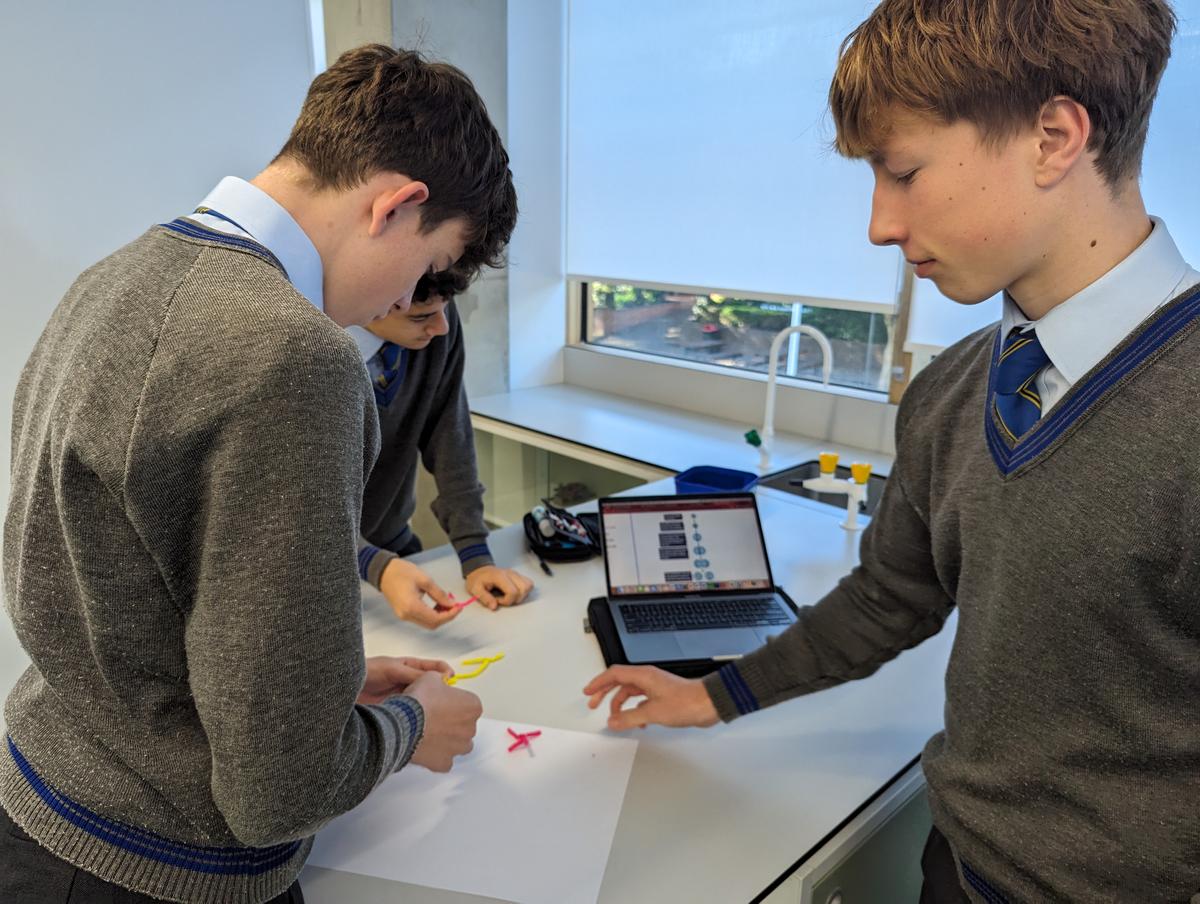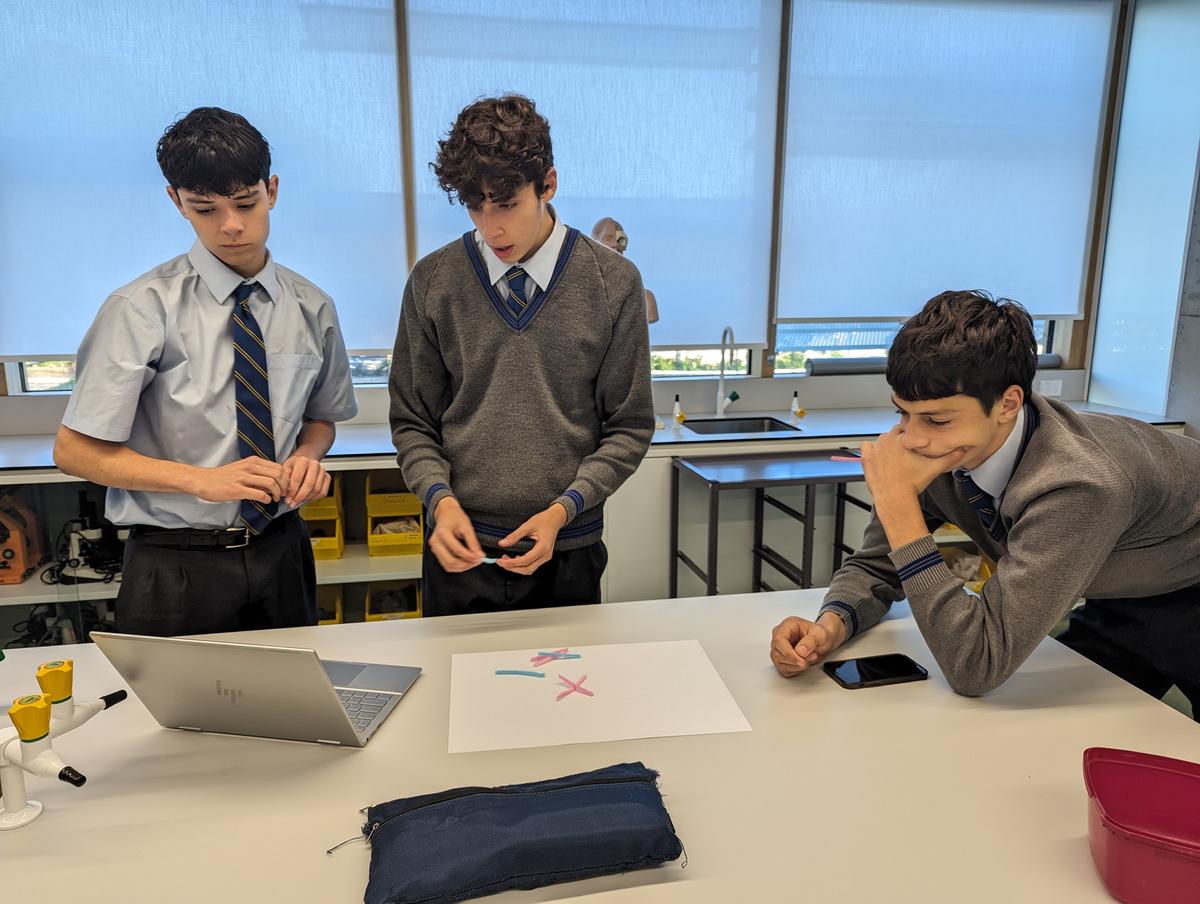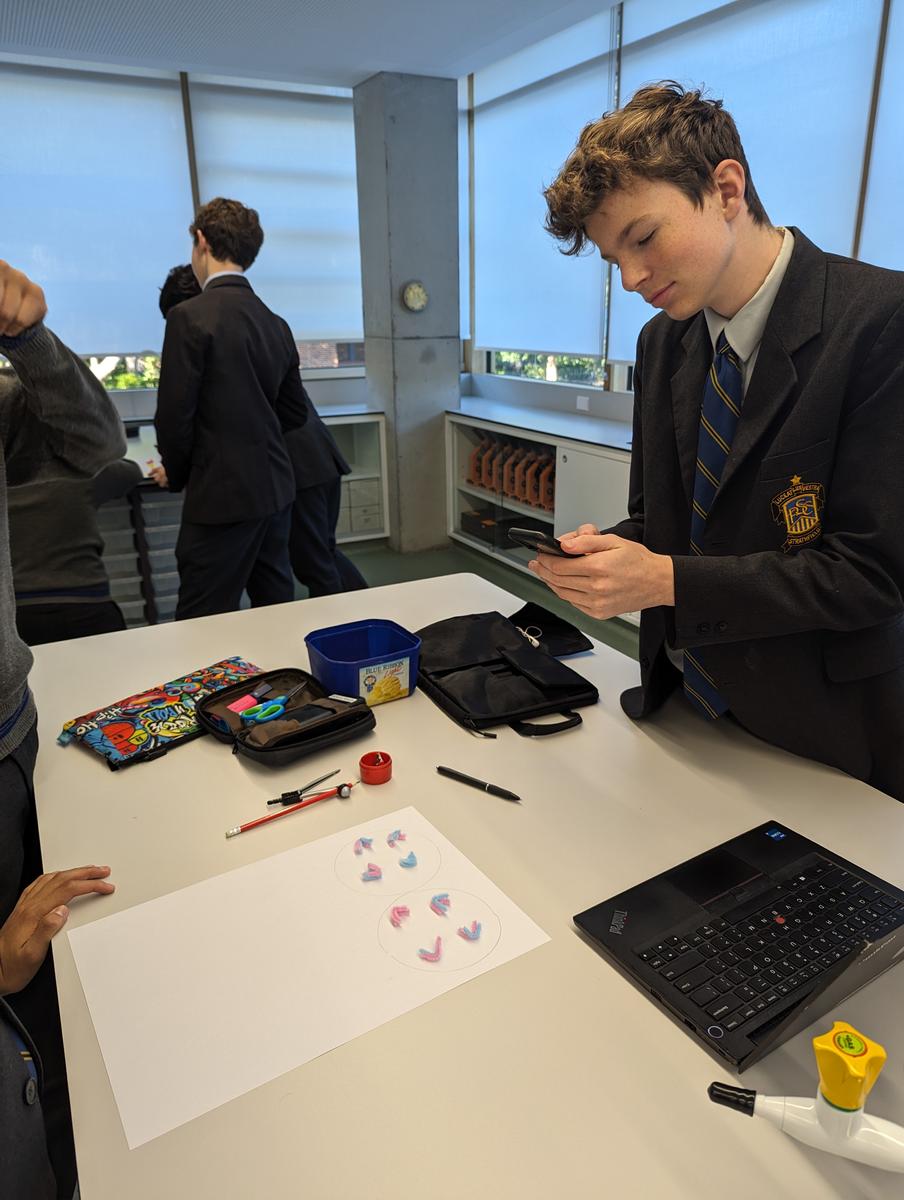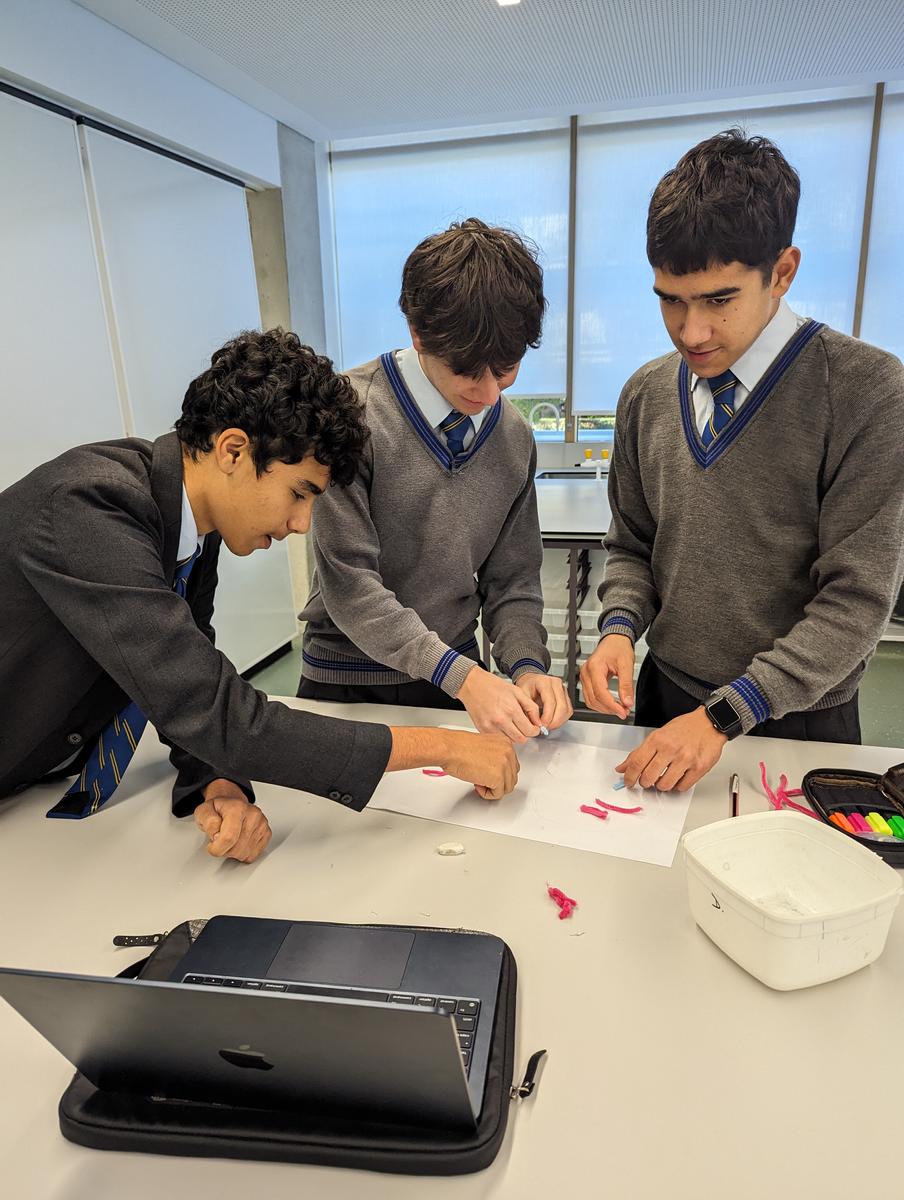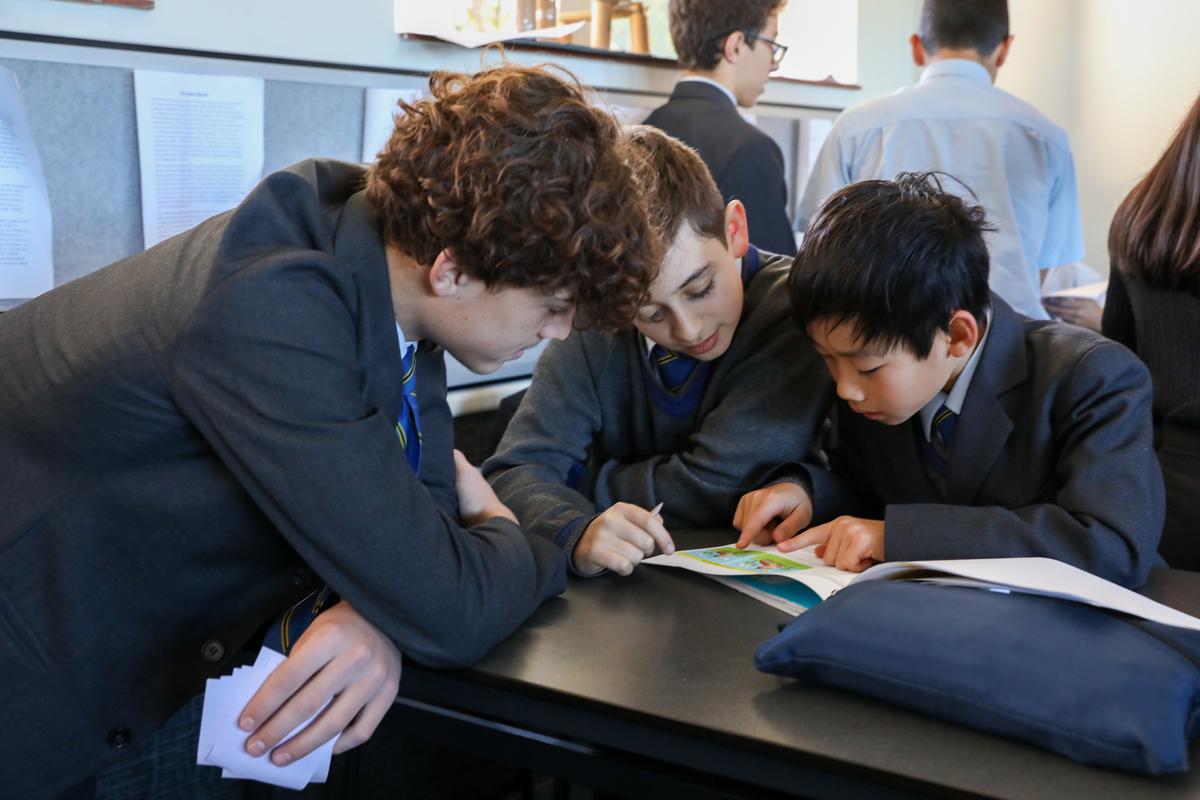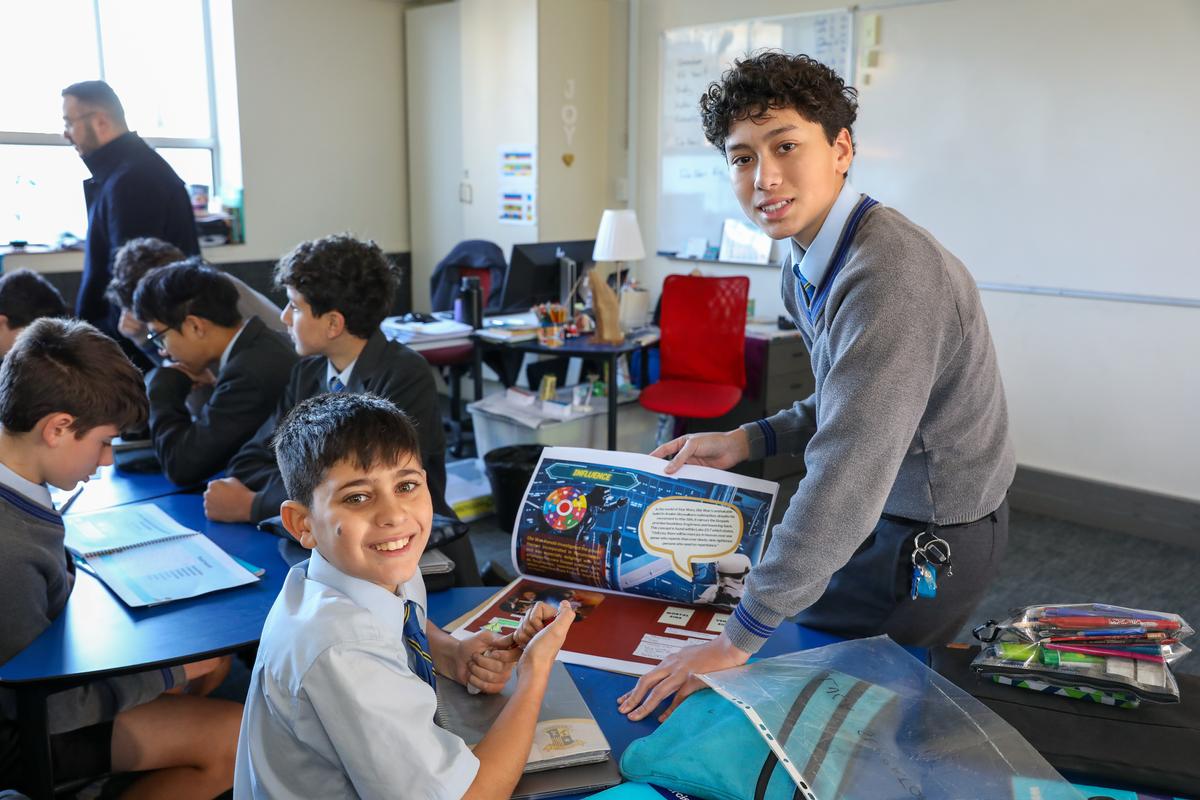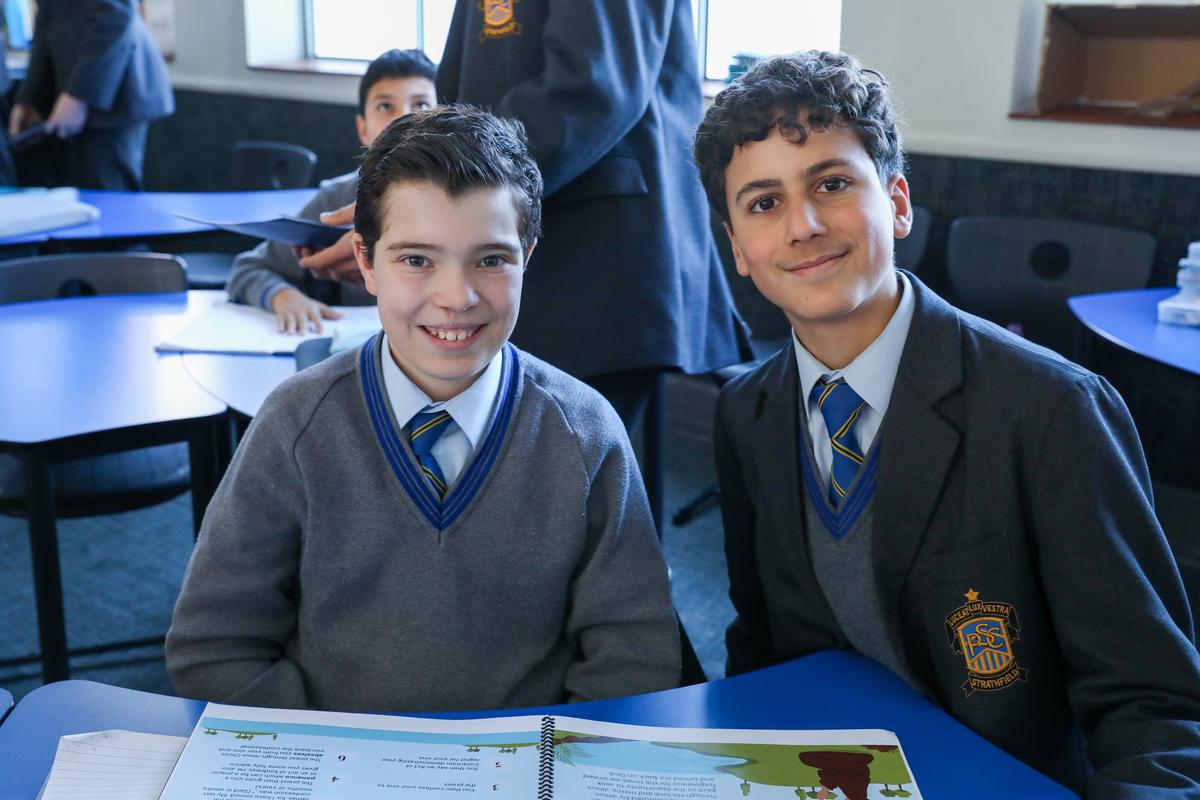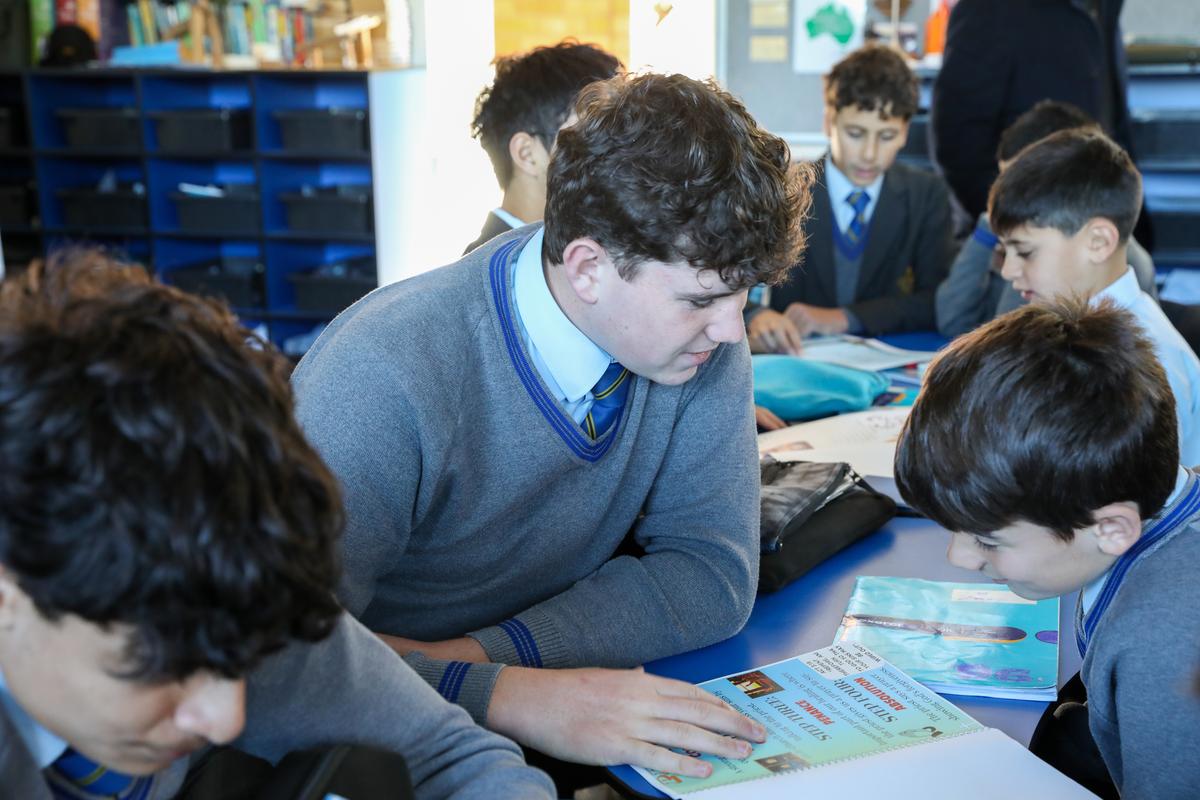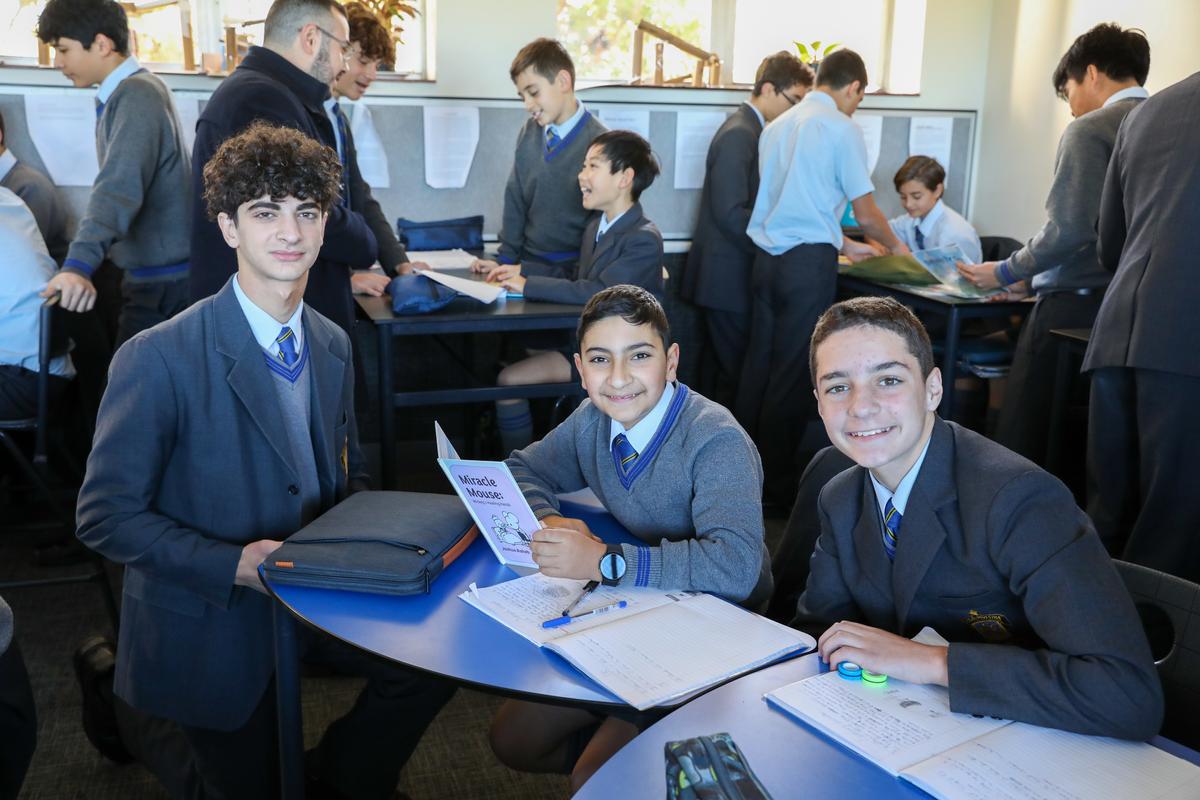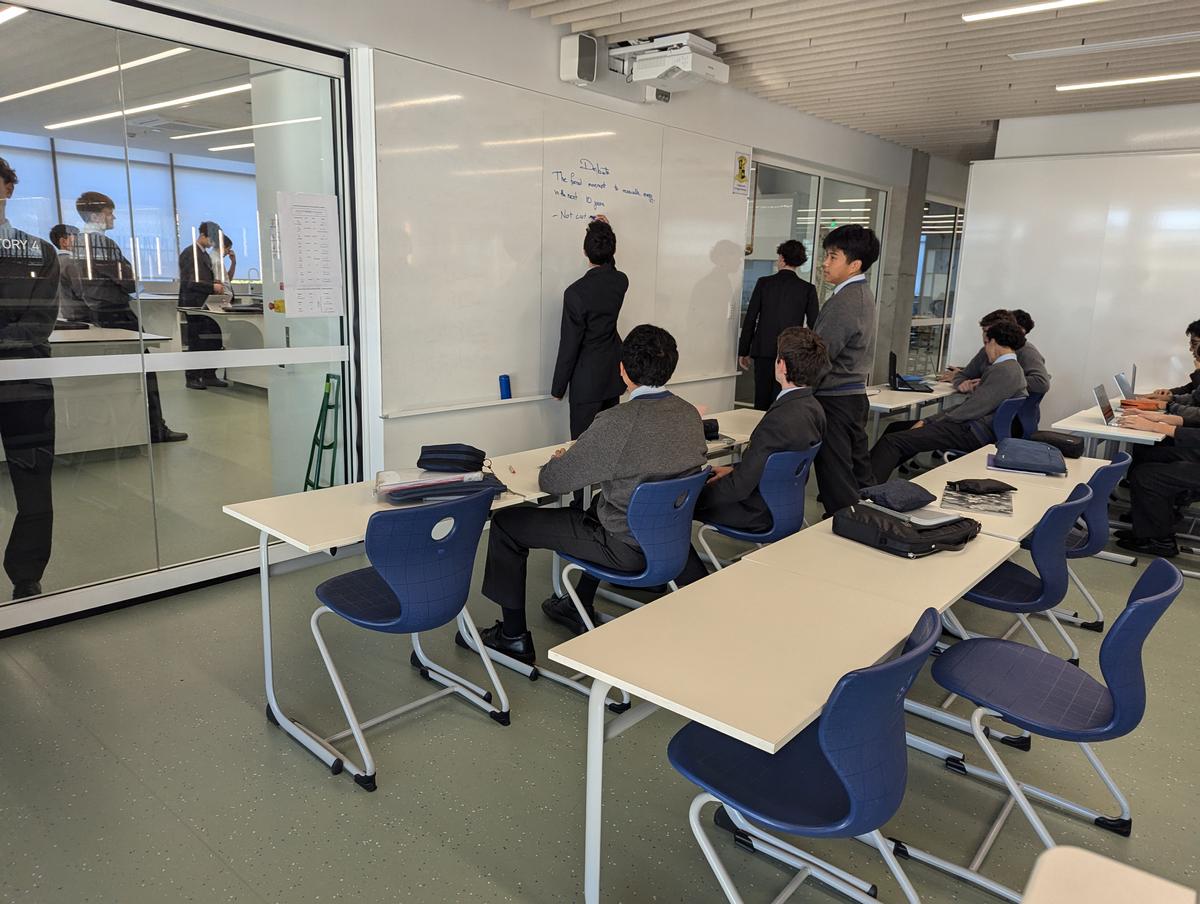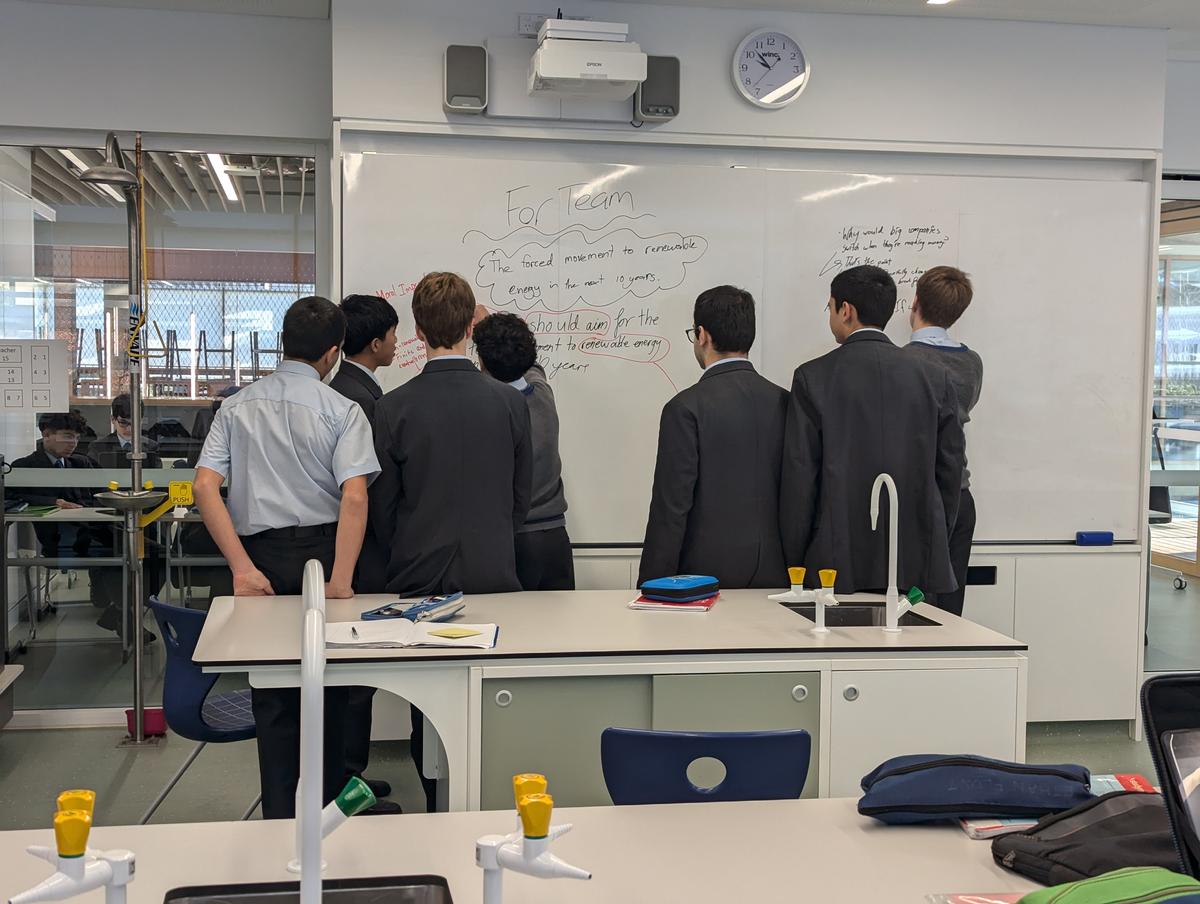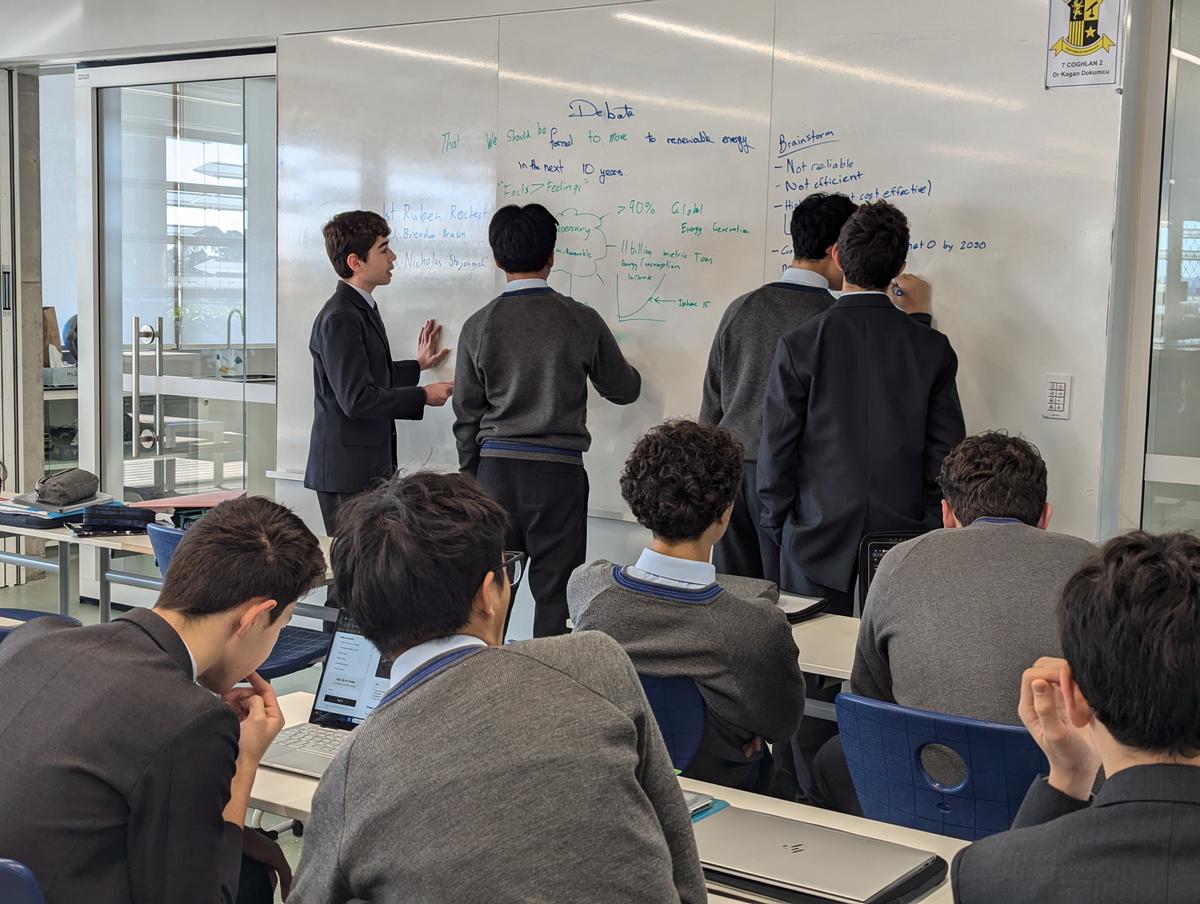Curriculum and Learning

2025-26 Stage 5 and Stage 6 Subject Prospectuses and Information Sessions
The 2025-26 editions of the Stage 5 and Stage 6 subject prospectuses for Years 9 and 11 respectively will be posted on the TASS Parent Lounge by the end of this week for parents/carers and the relevant CANVAS Year pages for the students. A thorough and sequential subject selection process is in place and details of this process will be given at the appropriate times.
PLEASE NOTE: Subject information sessions were held for Year 10 students this morning, Wednesday 26 June. An elective subject information morning for Year 8 students will be held on Thursday 25 July next term.
In addition, on Wednesday 24 July (Term 3, Week 1), a Year 11-2025 information evening will be held in the College Gymnasium for parents/carers and students of Year 10 commencing at 7.00 PM and concluding at 8.30 PM. Both students and at least one parent/carer are required to attend this Year 11-2025 information evening. Students are required to attend in College Winter uniform.
Year 10 Mitosis and Meiosis
Last Thursday, 10 Science (Class 4) students created diagrams of the crucial cellular division processes. As part of our Biology topic, we delved into the phases of mitosis and meiosis, not through textbooks but with a hands-on activity. Using colourful pipe cleaners, we created visual representations of the stages involved in mitosis and meiosis.
Both mitosis and meiosis are fundamental processes of cellular division, critical for growth, development, and reproduction in living organisms.
Mitosis is the process by which body cells divide and create copies of themselves for growth and repair. In Meiosis, new cells have half the genetic material of the original cell, and this process is where sperm and eggs are formed.
Both processes share common stages: prophase, metaphase, anaphase, telophase, and cytokinesis. However, meiosis includes two rounds of division.
While it might seem quite complex, to visualise these stages, we used pipe cleaners of various colours to represent chromosomes and their movements during cell division. By taking photos of each stage, we were able to create a flow chart of these stages. This activity was not only educational but also quite enjoyable!
Kristian Mattson | Year 10 Student
Spreading Stories: Year 9 Religion Students Inspire Juniors with Picture Book Assignment
Year 9 students had a formal assessment task this term on the unit of Sacraments of Healing whereby they had to create a picture book for primary aged children either on the Sacrament of Reconciliation or Anointing of the Sick. This is an excerpt from one of our Year 9 students.
“Over the past few weeks, each of us in Year 9 created a picture book tailored for Year 6 students learning about the ‘Sacraments of Healing.’ We had the choice to either draw our illustrations by hand or create them digitally, giving us ample room to express our creativity. Last Tuesday, we were given the valuable opportunity to present our picture books to a Junior School class. This not only allowed us to engage with the younger students and educate them about our chosen sacrament of healing, but also provided them with a glimpse into what we can accomplish as Year 9 RE students. Visiting the Junior School class to share our projects was not only rewarding but genuinely fun for us too, the younger students even showing us a bit of what they had been studying in Religion.”
Joshua Raheb | Year 9 Student
Inviting Year 9 students to share their projects with Years 5 and 6 students was more than just a showcase; it was an opportunity to cultivate a rich learning experience that benefits both groups and assisted to ignite a spark of inspiration. We formally thank teachers who opened their classrooms and allowed this crossover between Middle School and Senior School Religious Education to occur.
Jasmine Porter
Head of Religious Education (Year 7-12)
Should we be forced to transition to renewable energy within the next 10 years?
The debate on whether we should be forced to transition to renewable energy within the next 10 years highlighted critical environmental and economic considerations. The affirmative side emphasised the significant environmental benefits of renewable energy, such as reduced greenhouse gas emissions and pollution, while criticising the destructive impacts of non-renewable energy sources. They argued that technological advancements and job creation in the clean energy sector make the transition economically viable, citing improved efficiencies and cost reductions in solar and wind energy. Conversely, the negative side pointed to challenges like the intermittency of renewable sources, high initial infrastructure costs, technological limitations, and political hurdles. They expressed concerns about the economic impact on households and developing countries, potential job losses in traditional energy sectors, and the extensive overhaul required for existing infrastructure.
The affirmative rebutted these points by stressing a national rather than global focus, advocating for a gradual, guided transition, and highlighting the economic and technological benefits of renewables. The negative countered by emphasising the global necessity of moving away from fossil fuels to prevent severe environmental consequences and warning of potential socio-economic inequalities arising from rapid technological changes. The side that took the win was the affirmative.
Dr Kagan Dokumcu
Science Teacher

